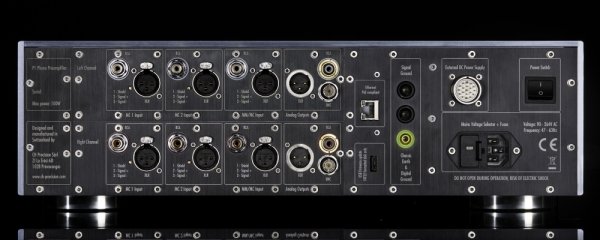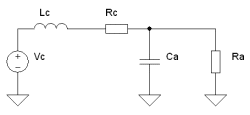Ralph is not the only one; Genesis is another, so is Lyra, and your favorite FM Acoustics, among many others - and thank God some serious manufacturers understand the underlying problems.
Simply put again, the cartridge/phono cable/arm cable/phono preamp is a circuit which will exhibit a resonant peak, which can be quite high in magnitude, and though it is typically in the low MHz, it -may- affect the audio band, depending on the phono stage's design, and the resistor aims to tame that peak, at the potential expense on sonics - see that other thread I linked to ("Cartridge loading is a misnomer") for all the details. The best reference in existence is the one from Hagerman we linked to
http://www.hagtech.com/loading.html earlier
I am a big fan of FM Acoustics, but... a) oh, the price; b) I hate the buttons they use - still too much 1980s











